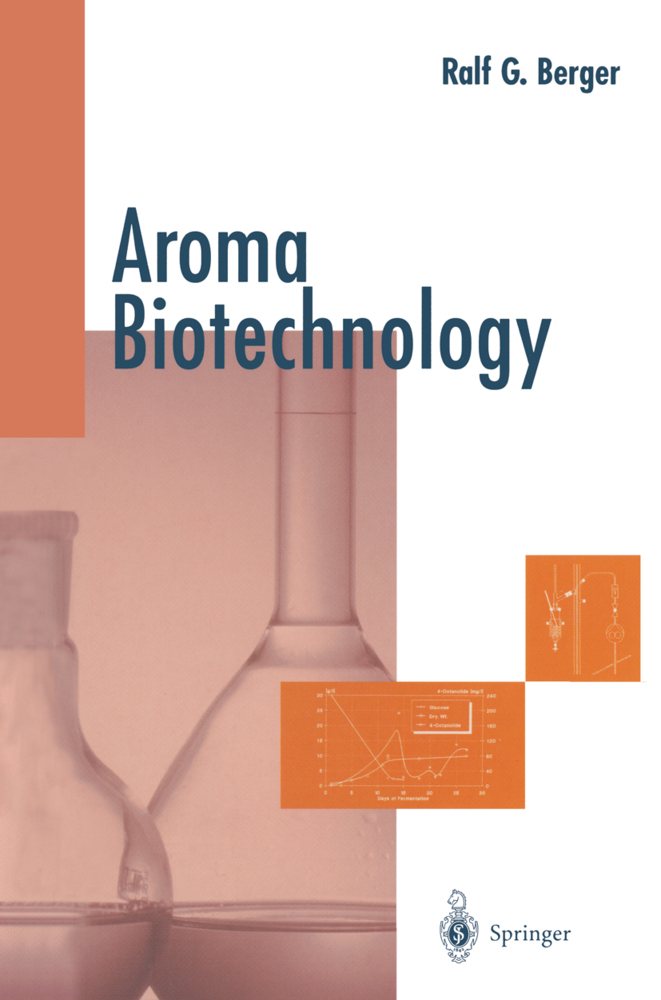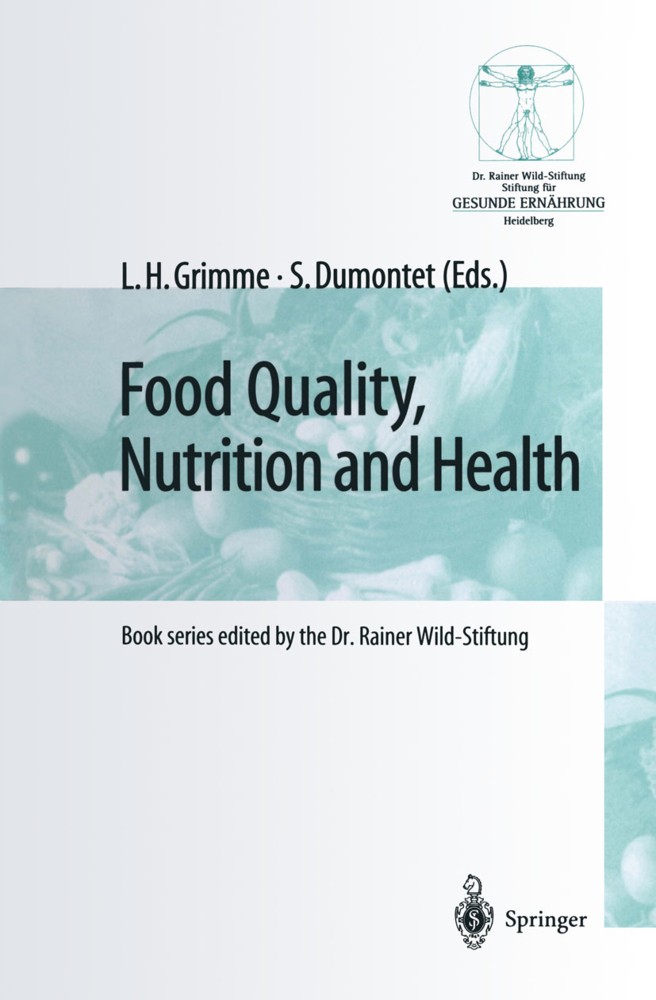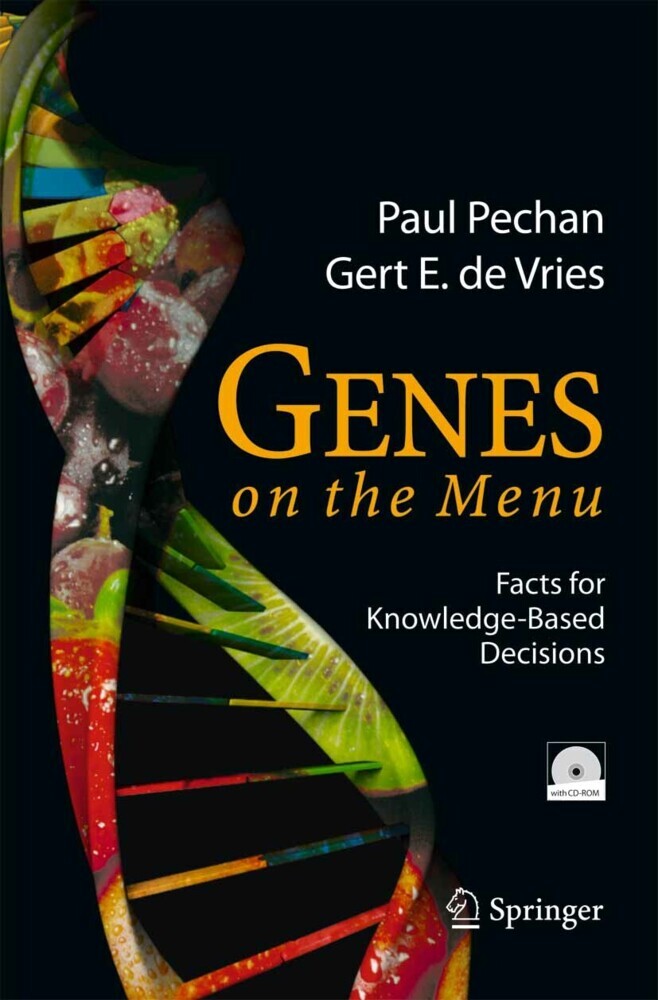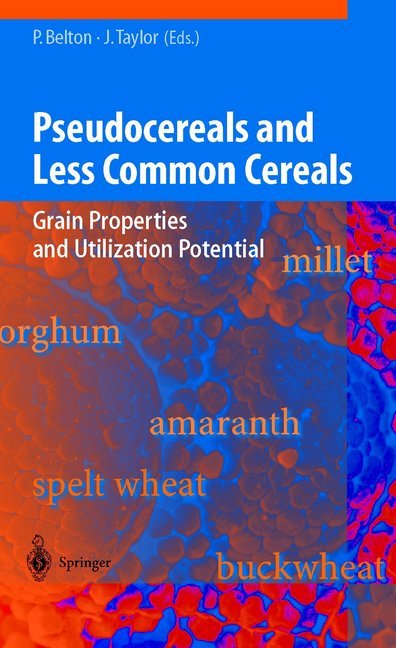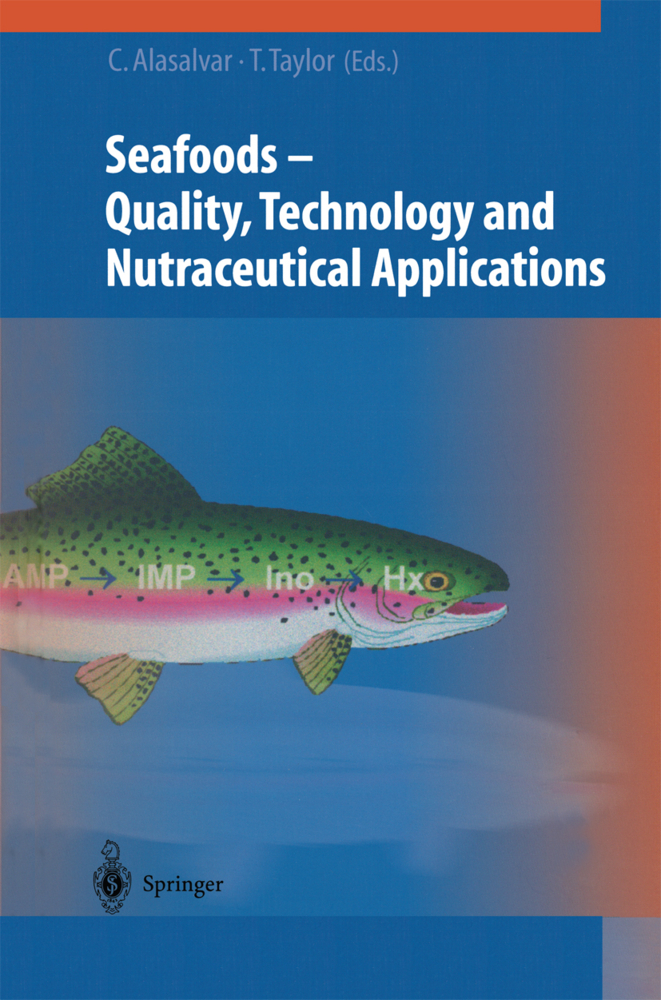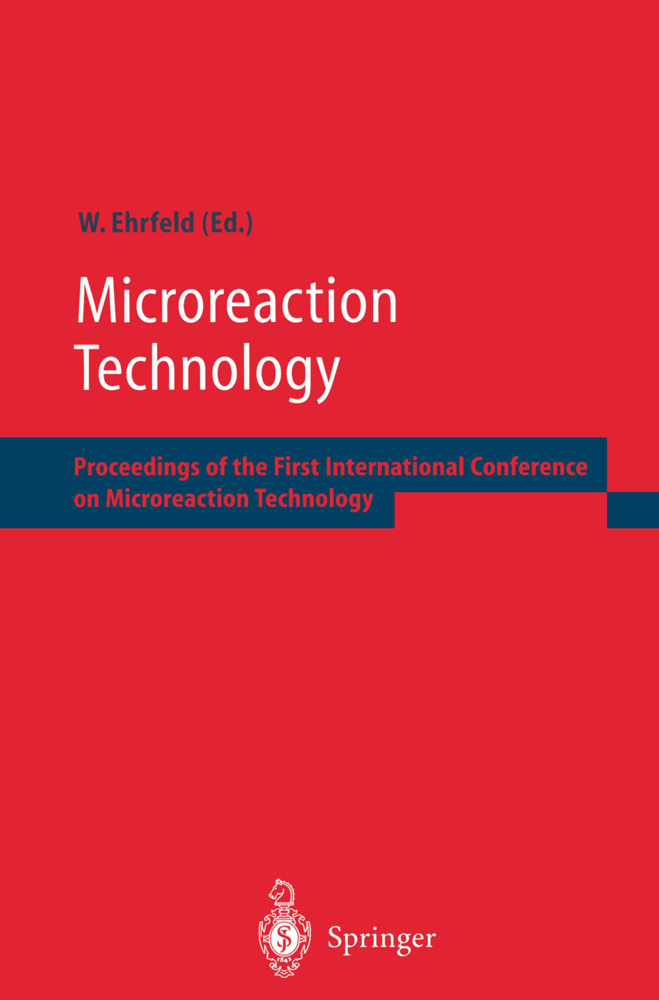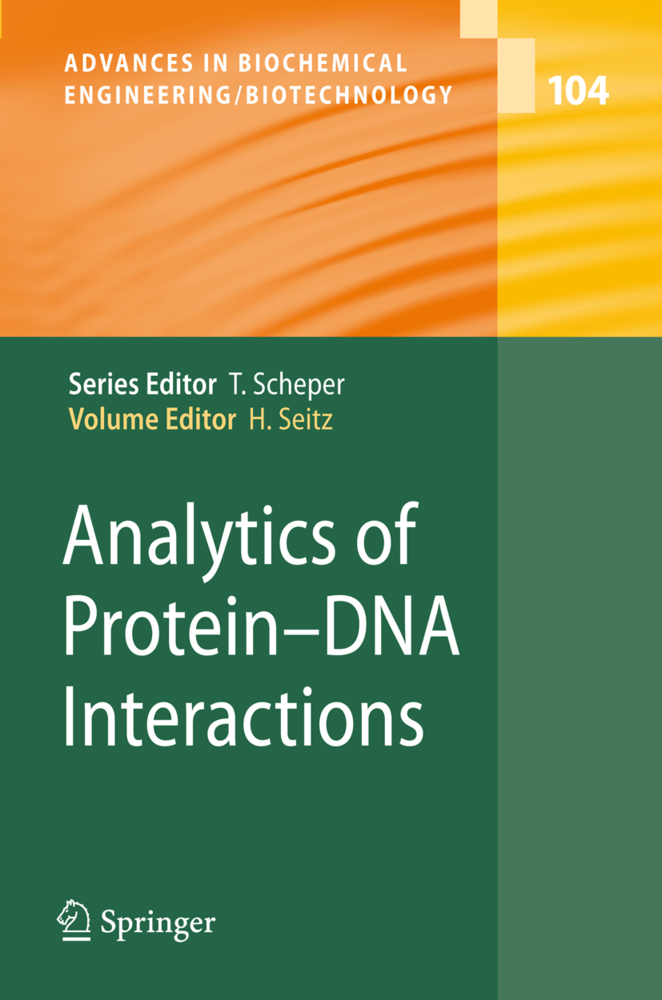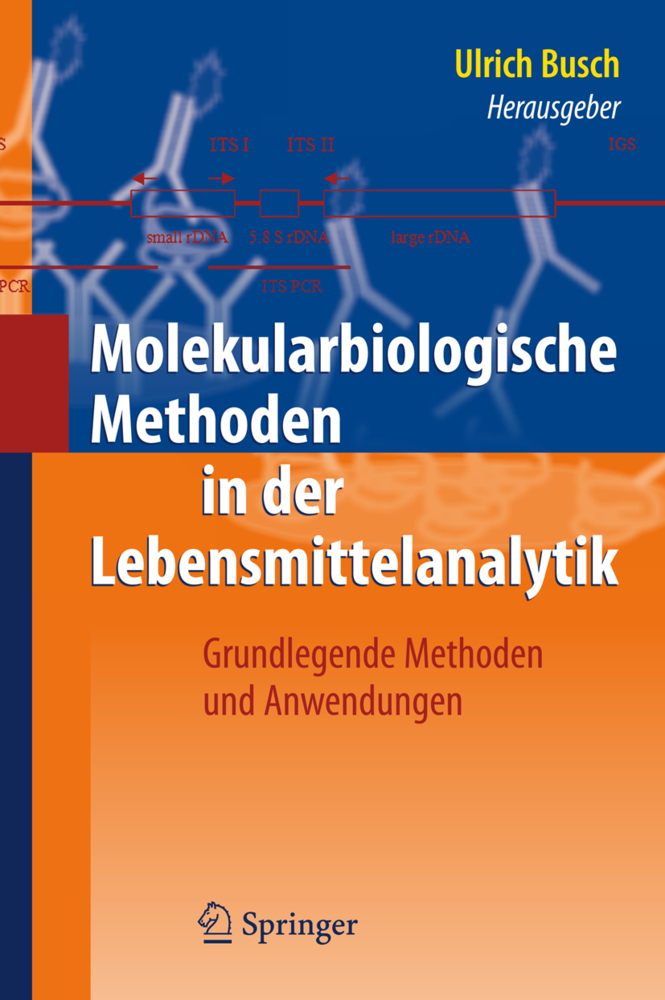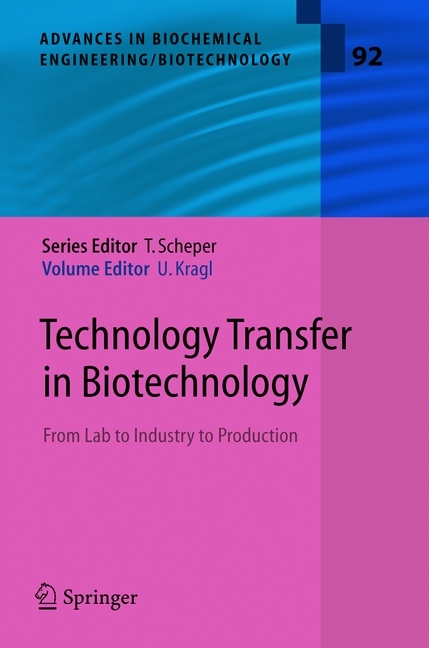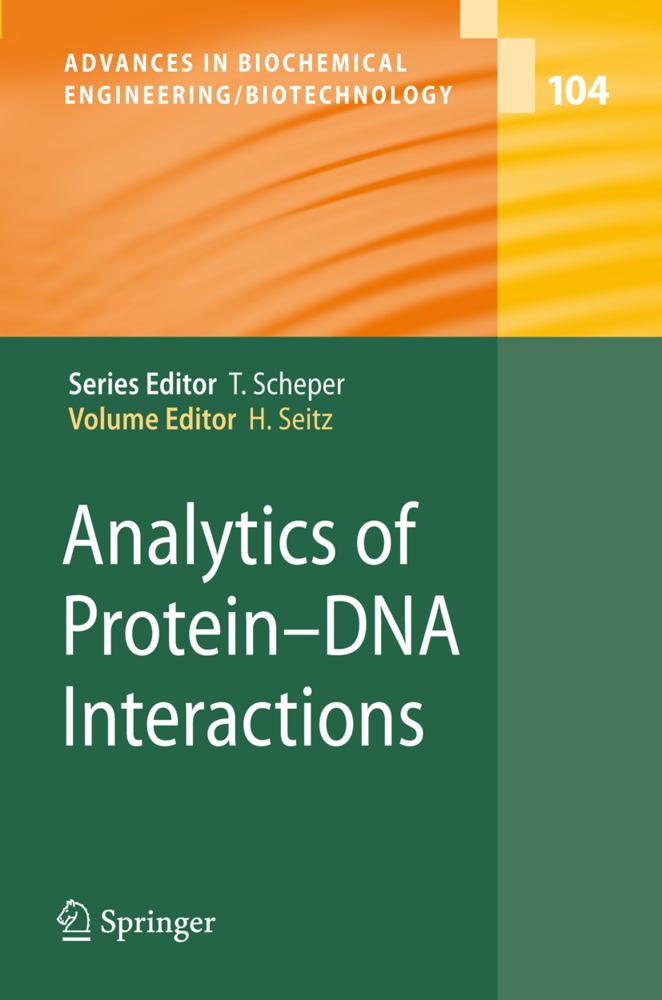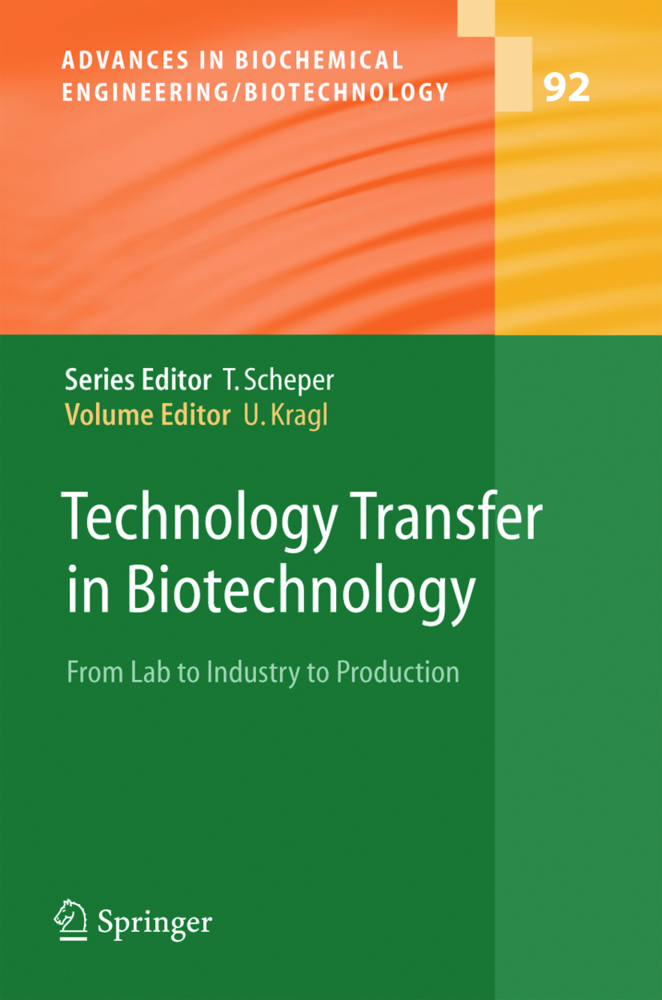Aroma Biotechnology
Aroma Biotechnology
1 Aroma Compounds in Food
1.1 Aroma, Flavor, and Fragrance Compounds1.2 Character Impact Components
1.3 Categories of Aromas
1.4 Functions of Aromas
1.5 Bioactivity of Aromas
2 The Roots: Empirical Food Biotechnologies and Formation of Aroma Compounds
2.1 Characterization of Yeasts
2.2 Aroma Development in Beer
2.3 Aroma Development in Wine
2.4 Yeast Cells As a Source of Aroma
2.5 Aromas of Fermented Milk
2.6 Bakery Products
2.7 Nondairy Acidic Fermentations
2.8 Fermented Plant Materials
2.9 Ethnic Food
2.10 Aroma Enhancement by Mixed Cultures
2.11 Conclusions
3 Why Novel Biotechnology of Aromas?
3.1 Aromas from Living Cells
3.2 The Legal Situation
3.3 The Potential of Biocatalysts
4 Laboratory Requirements and Techniques
4.1 Laboratory Equipment
4.2 The Biological Materials
4.3 Laboratory-Scale Cultivation
4.4 Nutrient Media
4.5 Analysis of Nonvolatiles
4.6 Analysis of Volatile Bioflavors
5 Aroma Compounds from Microbial De Novo Synthesis
5.1 A Short History of Bioflavors
5.2 Oligo - Isoprenoids
5.3 Aliphatics
5.4 Aromatics
5.5 Degradation of Off-Odor
5.6 Are Microbial Volatiles Secondary Metabolites?
6 Biotransformation/Bioconversion
6.1 Monoterpenes
6.2 Sesquiterpenes
6.3 Fatty Acid Derivatives
6.4 Aromatics and Heterocycles
7 Enzyme Technology
7.1 Lipases
7.2 Carbohydrases
7.3 Proteases
7.4 Oxidoreductases
7.5 Miscellaneous Enzymes
7.6 Cofactor Recycling
8 Genetically Altered Catalysts
8.1 Mutants and Fusants
8.2 In Vitro rDNA Technique
9 Plant Catalysts
9.1 Plant Enzymes
9.2 Precursor Atmosphere Stored Fruits
9.3 In Vitro Plant Cell Culture
10 Bioprocess Technology
10.1 Bioreactor Design
10.2 Process Monitoring
10.3 Downstreaming Volatile Flavors
11 Toward an Industrial Application
11.1 Rapid Process Improvement
11.2 Scaling-Up
11.3 Profitability Aspects
11.4 Present Industrial Applications
12 Outlook
References.
Berger, Ralf G.
| ISBN | 978-3-642-79375-2 |
|---|---|
| Artikelnummer | 9783642793752 |
| Medientyp | Buch |
| Auflage | Softcover reprint of the original 1st ed. 1995 |
| Copyrightjahr | 2011 |
| Verlag | Springer, Berlin |
| Umfang | X, 240 Seiten |
| Abbildungen | X, 240 p. |
| Sprache | Englisch |

